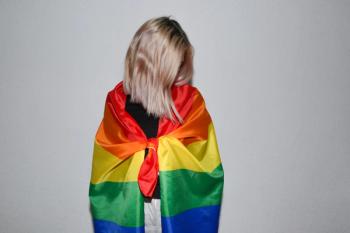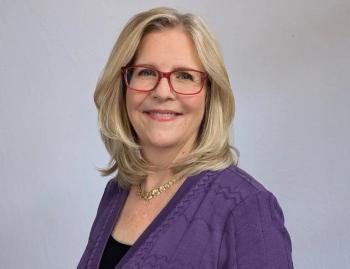
Diversity and Inclusion: A Daily Effort
Diversity and inclusion will not become a norm unless we make a daily effort.
DIVERSITY RELFECTIONS
We Indians do not even have a name in the United States, so how can I have a defined identity? I am Indian, not Native Indian. Yes, I am Asian but not Chinese or Korean. I am South Asian but not Pakistani or Bangladeshi. As an ‘Indian Indian,’ am I a hybrid first generation, second generation, or fresh out of boat, or an honorary white? I am still figuring that out.
Handling a contrasted self-conception which leads to compartmentalization of personal and professional life makes my life ‘hybridly’ normal. I am an Indian woman and no it is not a norm to do well professionally or have a leadership position. I work as a program director where I get invited to do acculturation and diversity workshops on bias and micro- and macroaggressions. I learn and grow every day on these topics. To know where I am today, I must share my journey.
Unity in diversity is the norm in which I grew up in India. Born in a Hindu household, I lived in a Muslim city and studied for 12 years in strict Catholic school. On top of that, my home was in the military area called Cantonment. My dad’s dream was to be a member at the country club there, which was open only to British individuals and high-ranking military. In front of the club was the notice that said, ‘No Indians and dogs allowed inside.’ My dad did become a member there after independence and I, his only daughter, got married on the lawns of the club.
That does not mean there was no odd moments for me. It was evident everyday as I was an ordinary looking girl in a very patriarchal society with several Indian stereotypes. My value in the arranged marriage market was not very high due to my relatively darker skin color and looks, and I was reminded of this routinely with snide comments like, ‘at least she is smart and good in studies.’ India—while it struggles with colorism, elitism,
Straight after completing medical school, I moved to England after marrying an Indian man raised in England and free from any bias. Some different discrimination was obvious when I moved out of India. During my
As luck would have it, Y2K happened and my husband was offered a job in New Jersey and we moved here. My first visit to the grocery store was memorable as I asked for a trolley and they laughed at me. Apparently, there is a big difference in the Queen’s English and American English. I have now learnt to call it shopping cart! New Jersey is known to have a lot of first generation Indians who are shopkeepers and stay in certain neighborhoods (eg, an area called ‘Little India’). It was a mind-blowing culture shock for me, and for the first time, I met Patels, South Indians, and Assamese and Bengali individuals. Let me inform you that since I grew up in North India, I had never ever met a single Patel or Reddy, or met Indians who could not speak either English or Hindi.
I was 6 months pregnant and interviewing for psychiatry residency. Well, New Jersey does not even entertain the option of providing visas for foreign graduates. New York was better in that aspect—until they saw I was pregnant. During one interview, I was openly asked if I lived in joint family like other Indians, when I planned to have a second child, and if it was true that Indian husbands are not very supportive in household chores. How would I manage residency, they asked.
I was an educated doctor, I did know how to multitask, and my husband was and is super supportive. I finally got residency in Philadelphia and life moved on. I will never forget a particular attending who decided to make my life very difficult and ensure that my residency was going to be full of hurdles—perhaps because I was not white and timid. That cost me my chiefship during residency, and I left the program with a determination to help trainees have a better experience during their residency if possible and to help with education, acceptance, and awareness of diversity to those like this particular attending.
Seven years ago, we moved to Atlanta for its diversity and warm climate. The nuances of the south and its diverse
At my job, I was an active supervisor for students and residents of Emory and also an active member of the women faculty subcommittee. Somehow, I got chosen to start a new residency program in northeast Georgia and was successfully able to implement that in spite of
In the meantime, I am thoroughly enjoying Atlanta and what it has to offer and dream of a place where diversity and inclusion is a norm and not a daily effort. However, how will it become a norm unless it is a daily effort?
Dr Prasad is a board-certified psychiatrist, the program director of psychiatry residency in the Northeast Georgia Health System, an APA Distinguished Fellow, and adjunct assistant professor at Emory School of Medicine.
Newsletter
Receive trusted psychiatric news, expert analysis, and clinical insights — subscribe today to support your practice and your patients.















